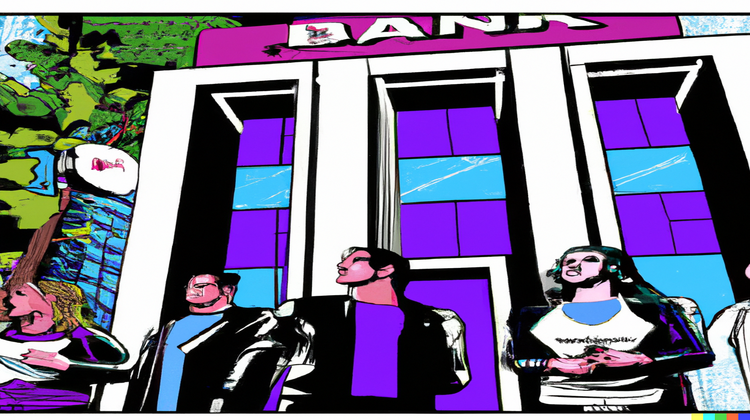Accessibility
The unfinished symphony of accessibility in the financial industry
- Only 51% of working-age differently-abled people reported they were able to pay all their bills on time, in comparison to 71% of those without any accessibility needs.
- Financial health gets more difficult to achieve for those who live at the intersection of multiple identities and how banks can make their financial products more accessible.








